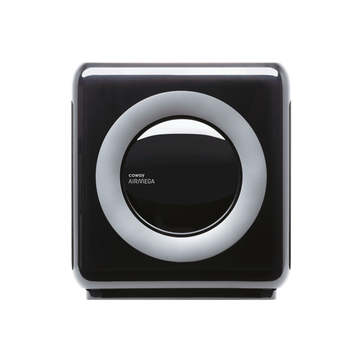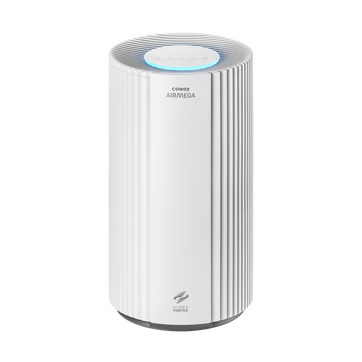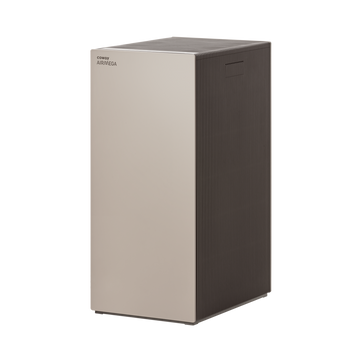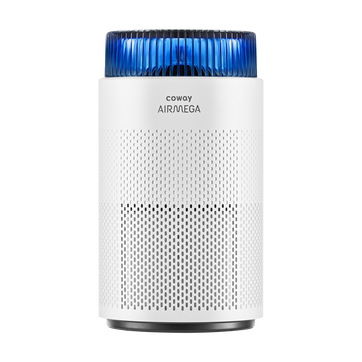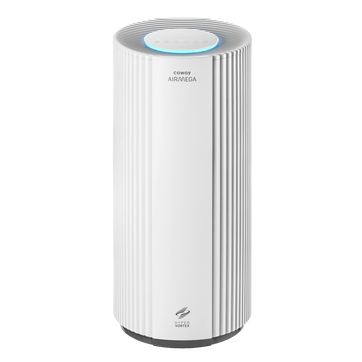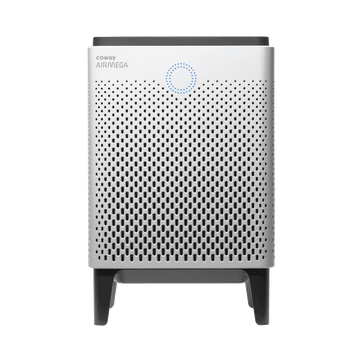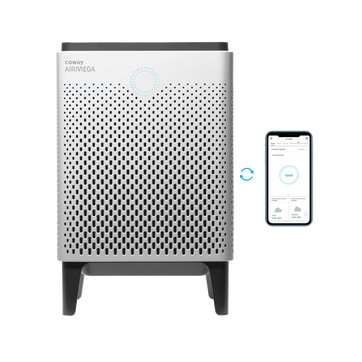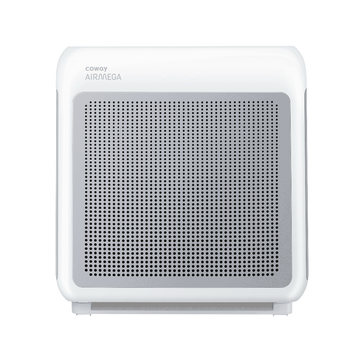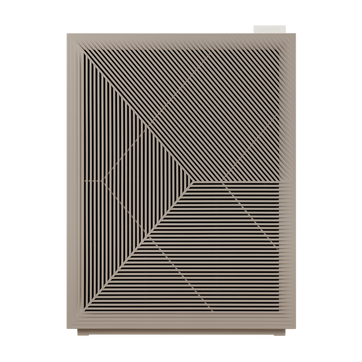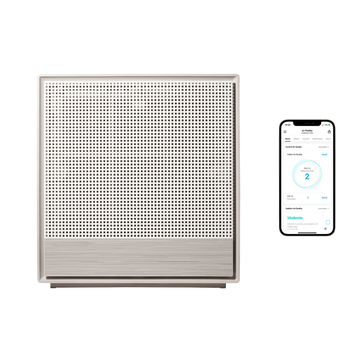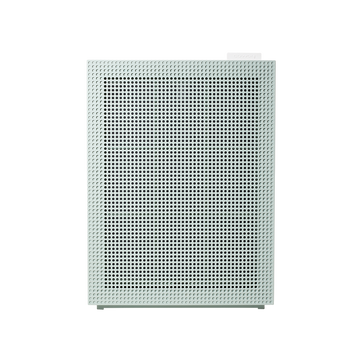
Air quality considerations when moving
Moving to a new home or apartment is stressful—there are always things to consider, like changes in your commute to work, school systems, good neighbors, and a nice neighborhood—but what about other less obvious considerations such as air quality?
Whether you’re moving to the next town over or across the country, outdoor air quality may differ depending on several factors in your new environment. Different types of trees, industrial areas, the number of cars and commuters, and the types of buildings in your area all affect air quality. If you already suffer from allergies or asthma, living in an area with good air quality may be just as important as having good neighbors.
Fortunately, there are steps you can take to help determine outdoor air quality around your new home. Sites like AirNow.gov and AQICN.org report real-time air quality information and forecasts for regions across the U.S. and can help you get a sense what to expect when you move. If outdoor air quality is a concern, check out these sites before you begin your next home search.
In addition to outdoor air quality, indoor air quality may also be in flux during your move. Of course, all the moving and packing of furniture, textiles, and household goods kicks up dust and dander into the air, which can irritate breathing. Then, if you’re doing things like replacing carpets or buying a new table or sofa, you’ll want to consider the effects of off-gassing that are typically associated with the smell of “new” things. Off-gassing of volatile organic compounds (VOCs) can irritate your respiratory system. So be sure to use a HEPA air purifier both while packing and upon moving to your new home to keep you and your family breathing easier.
As air quality in the U.S. and across the world changes, more and more people are using air purifiers in their homes, and moving might just be the perfect time to purchase one for yourself or someone you know. Find out more about how tasks like cleaning can impact air quality around the house, and see how Airmega can help make your new home a safer, healthier place.
Disclaimers
1Coway air purifiers have been proven to trap dust, pollen, dander, viruses and bacteria in the air based on KCL (Korea Conformity Laboratories) testing.They have been tested in a 30㎥ size chamber according to the Korea Air Cleaning Association standard (SPS-KACA 002-132:2022 Modified) to measure the 0.01㎛ size of particle removal rate. It was tested on maximum airflow speed in normal room temperature and humidity conditions. The performance may vary in the actual living environment of customers.
→ Tested with Airmega Aim, 50, 100, 150, 160, Tower AP-1216L, Mighty AP-1512HH, MightyS AP-1512HHS, 200M, Icon, IconS, 230, 240, 250, 250 Art, 250S, 300, 300S, 350, 400, 400S, 450, ProX
299.97% of viruses, bacteria, fungi and pollen were verified to be removed from the air for Coway air purifiers which have Green True HEPA™ filter applied based on the Japan Food Research Laboratories(JFRL) testing according to JEM 1467 standard.
→ Tested with Coway Airmega Mighty AP-1512HH, MightyS AP-1512HHS, 250, 250 Art, 250S, 300, 300S, 400, 400S
→ All tested by JFRL and received above result within below time.
4The concentration of ammonia, acetaldehyde and acetic acid were proven to be removed within 30 minutes by FCG Research Institute, Inc. Human Life Science Lab. It is not a demonstration result in the actual use space. Not all odors and gases may be supported. → Tested with Coway Airmega 150, 160, Mighty AP-1512HH, MightyS AP-1512HHS, 400, 400S
5The coverage area of the air purifier is based on an area where the air cleaner can make two air changes per hour (ACPH). An air change per hour translates to how many times an air purifier can clean an area, assuming the height of a ceiling to be 8 ft, in one hour. Therefore ** means two air changes per hour means that the cleaner can clean the area once every 30 minutes and * means air changes per hour means that the air purifier can clean the area once every 60 minutes.
10Terms and conditions apply. Discounts, including promotions, coupons, bundle discount and subscription discount, cannot be stacked on top of other coupons. During promotional periods, discount codes will not be able to be applied to orders. Promo codes may apply to products only—filters, accessories, and new products within 3 months of the release date are not included.
11Based on Coway R&D internal laboratory testing, activated carbon filtration was shown to remove up to 95% of ammonia odors within 40 minutes, and up to 99% of fecal odors within 20 minutes. Actual performance may vary depending on usage conditions.

